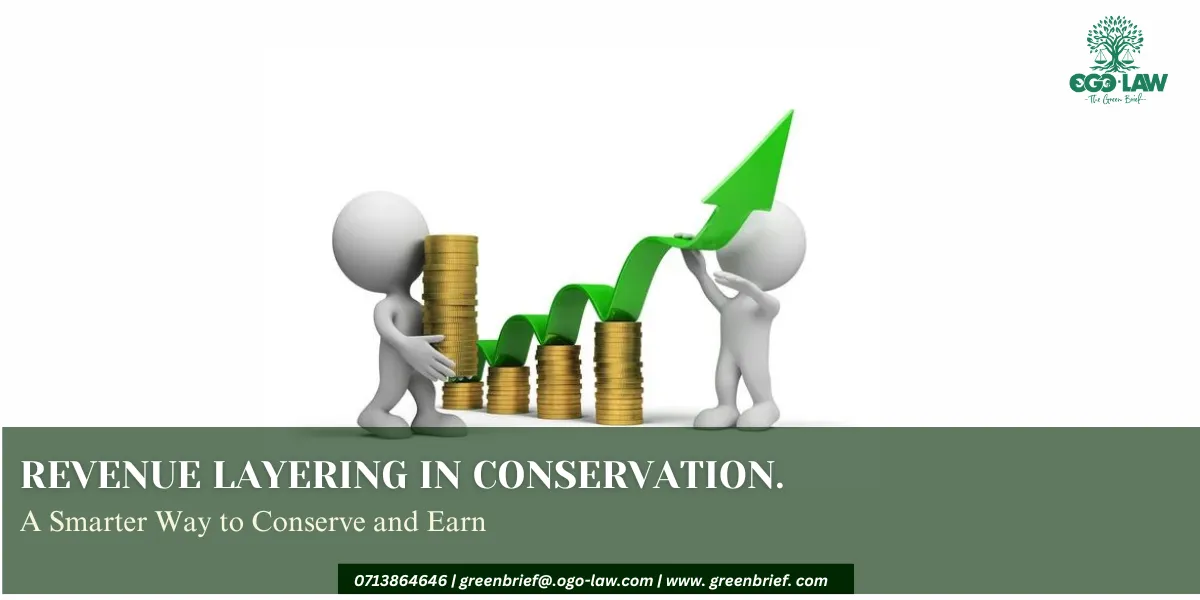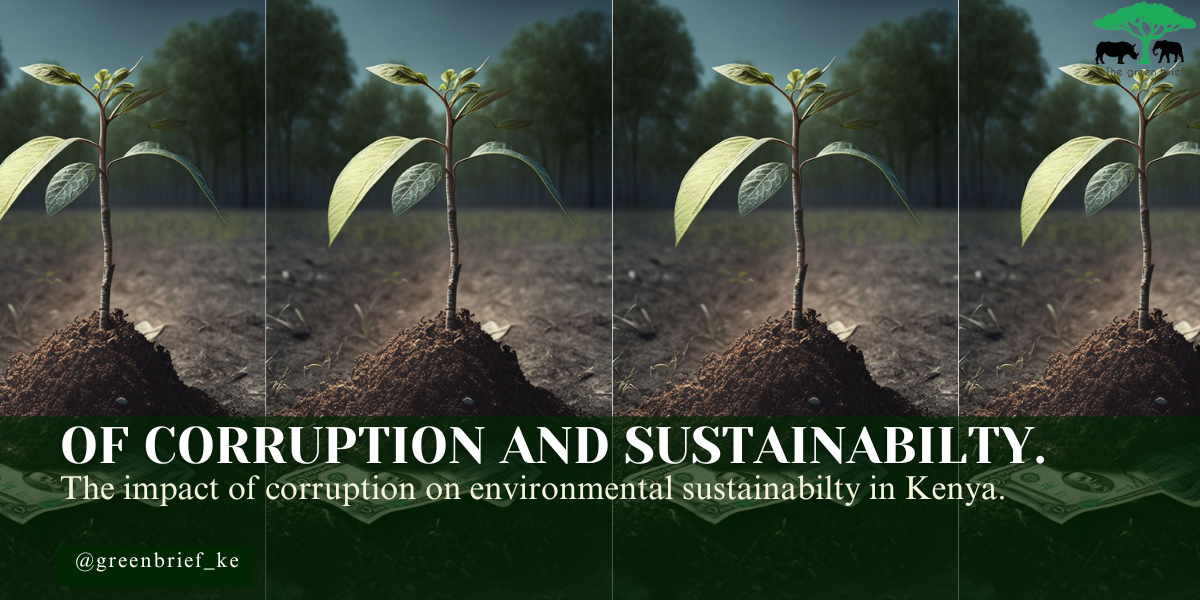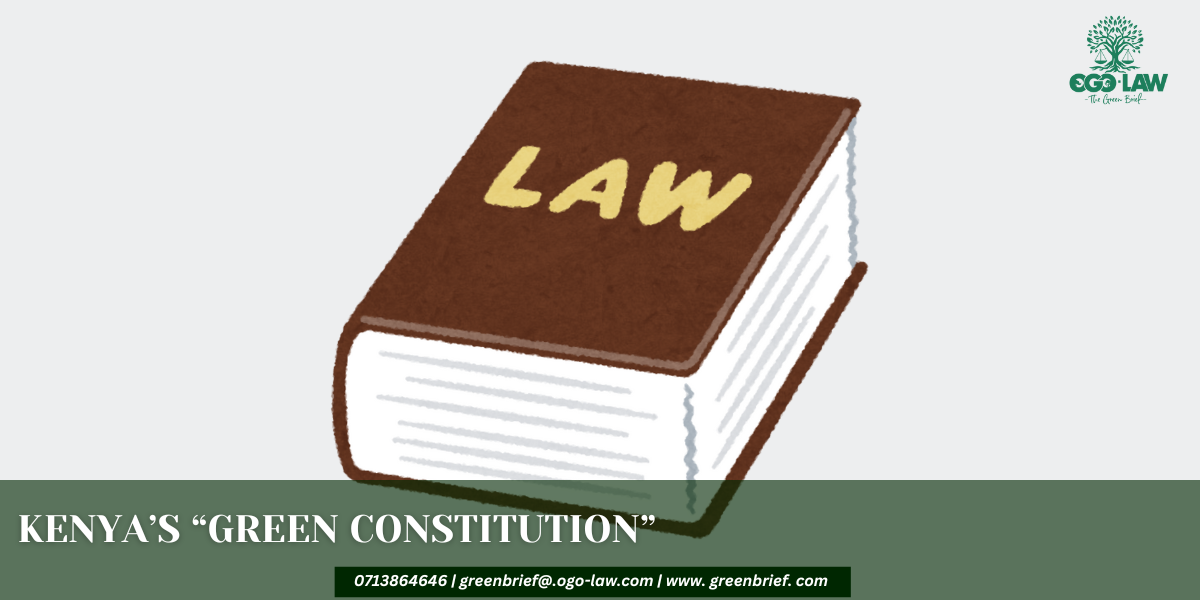A Smarter Way to Conserve and Earn
What if one piece of land could pay your children’s school fees, feed your animals, and still store your carbon? That’s the promise of revenue layering in conservation—a model where communities generate multiple income streams from a single piece of land without degrading it. Instead of choosing between protecting the environment or making a living, this approach allows both to happen side by side. It’s a mindset shift: from extraction or exclusion to value-stacking. And it could change how we think about conservation entirely.
Imagine a pastoralist community with access to a large tract of land. Traditionally, that land might be overgrazed, leased out for intensive use, or left idle in the name of preservation. But what if, instead, it was managed for both people and planet? That same land could earn carbon credits through improved grazing practices, biodiversity credits for protecting native species, and income from eco-tourism, research access, or harvesting sustainable products like honey and herbs. The land still feeds their livestock—but now it also feeds their economy.
This model is also a wake-up call for conservation projects and donors. Many brilliant initiatives start with heart and hope but stall when the initial funding runs out. Revenue layering offers a built-in path to continuity—one that doesn’t depend on a single stream of money. Just like ecosystems, financial sustainability requires diversity. It’s not about replacing grants or philanthropy—it’s about strengthening them with smart, self-sustaining systems.
The beauty of revenue layering lies in its flexibility. Every landscape is different, and so are the people who live on it. In one region, it might be leasing land for conservation; in another, it’s community-led safaris or scientific research access. What matters is that it keeps the land productive without degrading it—and keeps the community engaged as custodians. It’s conservation that works with, not against, local needs.
Because in the end, no conservation effort can thrive without people. When communities see economic value in protecting land, they’re more likely to defend it, restore it, and pass it down better than they found it. Revenue layering gives them a way to do exactly that—earn, protect, and plan for the future. It’s not just about saving nature; it’s about securing livelihoods. And when both goals meet, conservation truly wins.
Read our other Blog posts Here





